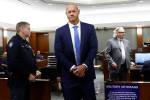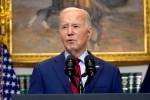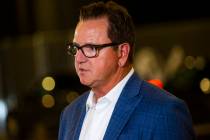Allegiant Air executive to students: ‘Try new things … take risks’
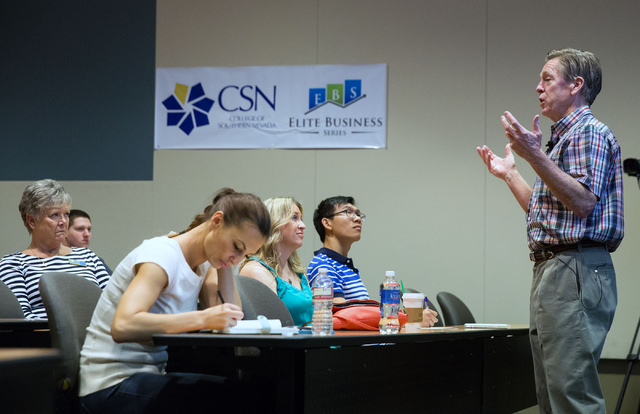
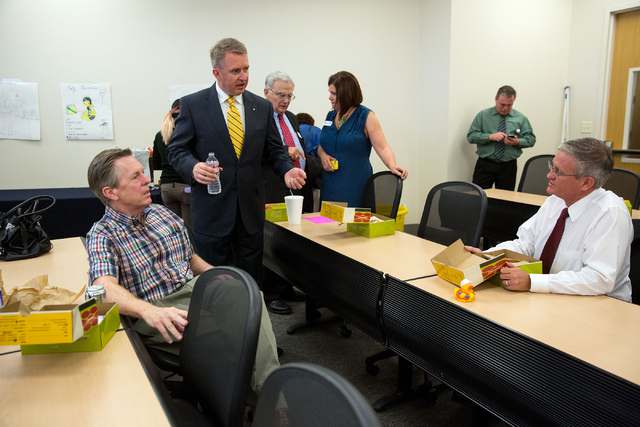

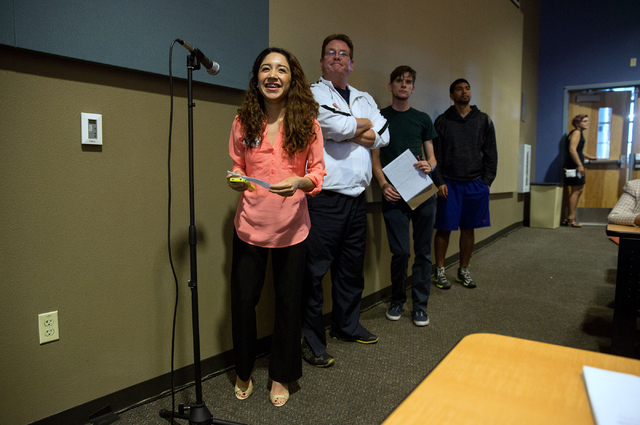

Maurice Gallagher has an unusual habit of walking into a restaurant, sitting down with his family and looking for operational inefficiencies that could be fixed and made better.
“I’m always looking to change something,” said Gallagher, the chairman and CEO of Las Vegas-based Allegiant Travel Co., the parent company of Allegiant Air. “I like to question the system and why people do some of the things they do.”
Gallagher offered some of his business philosophies Tuesday to students at the College of Southern Nevada. He spoke to about 50 students and faculty members on the Charleston campus as part of the school’s Elite Business Series.
Gallagher and his associates have come a long way since they bought the company out of bankruptcy and moved the airline’s headquarters to Las Vegas in 2001. Allegiant began with one plane and routes to Fresno, Calif., and Colorado Springs, Colo.
Since then, the company has grown to serve 100 cities with 68 aircraft and has been profitable every quarter since 2002.
The company’s 12-month earnings of $92.3 million in 2013 were 17.4 percent higher than in 2012.
The feat is even more impressive considering the airline’s operations began two months before the Sept. 11, 2001, terror attacks.
His secret?
“You can’t develop a me-too business plan,” he said. “You have to try new things and occasionally take risks.”
Allegiant has taken plenty of risks over the years, but some of the innovations the company has rolled out have been mimicked by other airlines.
Allegiant was the first airline to offer ticketless travel; now, every airline does it. The airline also goes against the grain by catering to leisure travelers instead of business fliers. Instead of maintaining a high-frequency schedule with flights to destinations every hour, it flies just twice or maybe three times a week to a city.
It doesn’t have a hub-and-spoke network connecting passengers to their destinations through other cities. Every flight is a nonstop to the destination.
Although most airlines have frills, Allegiant thrives with none.
But Allegiant’s hallmark is running an unbundled business model instead of a bundled model. The airline’s critics pounce on the strategy, ripping the company for charging fees for services that rivals have built into their pricing.
Fees for everything from booking a flight online to choosing a seat to taking a piece of carry-on luggage on the plane frustrate customers used to the traditional airline model, but Allegiant officials shrug it off and remind the critics that customers only pay for what they want and that keeps the overall fare low.
It seems to have worked. Most airlines have followed Allegiant and have fees that generate ancillary revenue and Allegiant’s strategy has resulted in unrivaled profitability.
Gallagher is a fan of using technology to make systems run more efficiently. Allegiant is in the process of rolling out a home-grown reservation system that will be custom built to reflect the company’s strategy.
Gallagher keeps a close eye on companies that use technology to disrupt standard operating procedures — companies such as Uber, the ride-sharing system that is confounding established taxi companies nationwide.
He said he can’t wait for the widespread use of driverless vehicles because he’s confident traffic would move more efficiently with them and, “I’d be able to do other things while I ride.”
Gallagher, who holds a master’s of business administration from the University of California, and his team used to crunch numbers to analyze the best places for Allegiant to fly based on population and financial demographics. Now, he said, his company’s planners can usually determine what routes will succeed.
“Sometimes we’ll get it wrong,” Gallagher said, “but most of the time we know.”
But Allegiant also is quick to recover from mistakes, pulling out of unsuccessful markets rapidly — another tactic that has brought critics’ wrath.
Gallagher also recommended that students wanting to start their own businesses first go to work for someone else and learn all they can before starting out on their own.
“You need to learn first if you like a business,” he said. “Then, start doing what you want to do in your garage.”
Contact reporter Richard N. Velotta at rvelotta@reviewjournal.com or 702-477-3893. Follow him on Twitter @RickVelotta.






